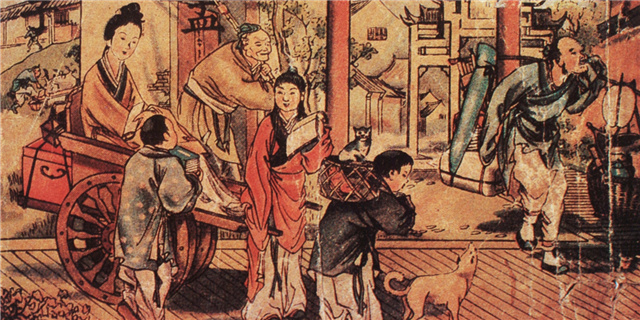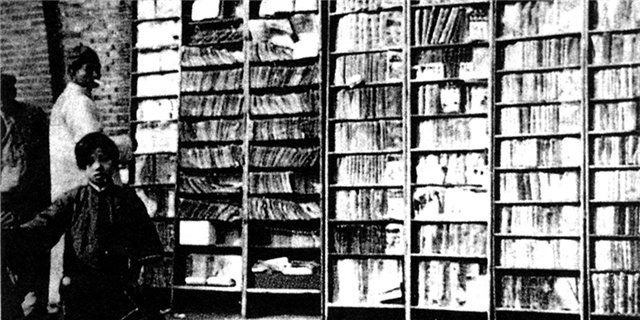Picture-story Book
Picture-story book, commonly known as “children’s book” or “little book”, refers to multiple pictures telling a story or the development process of an event (so it shall be called “comic strips”). In 2007, picture-story book was listed by Shanghai Municipal Government in the list of the first batch of City-level Intangible Cultural Heritage in Shanghai. Picture-story book emerged very early in China. Story mural, story picture scroll and “Quanxiang” in novels and traditional Chinese operas in ancient China all had the nature of picture-story book. In the 1930s, picture-story books gradually flourished in Shanghai, with Zhao Hongben and many other masters of picture-story book emerging. After 1949, Cheng Shifa, He Youzhi, Gu Bingxin and other picture-story book masters sprang up. Picture-story books are based on literature or stories drawn from real life. A concise script is compiled firstly, and then vivid pictures are drawn according to the script. At the beginning, pictures were dominated by hand line drawing (mainly black and white, and sometimes colored). Later, people also compiled picture-story books with stills or stage photos. Since picture-story books had both pictures and texts, the texts were easy to understand, and the books were easy to carry, they became a kind of entertainment tool suitable for people of all ages, and accompanied the growth of several generations. Many picture-story books reflecting folk customs, living conditions and historical figures at that time also have rich reference value and historical significance.




